Societal design: Susanna Björklund’s inaugural ’Signals’ installation at Habitare
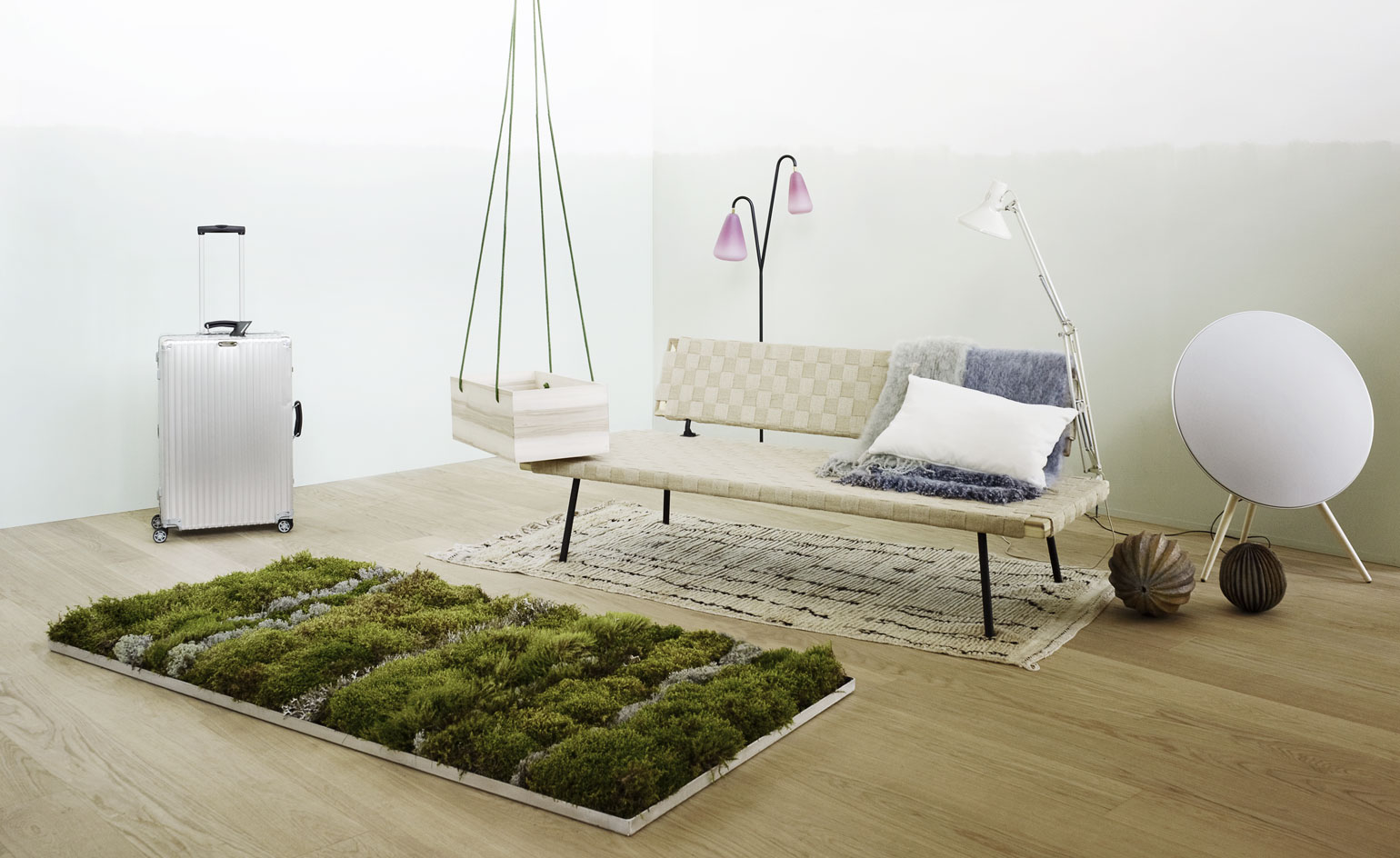
The effects of political, social and digital changes on the world are always being observed. How these factors affect our interiors and design is a new research sector which trend analyst Susanna Björklund explored in an inaugural installation, ‘Signals’, at Habitare in Helsinki.
Björklund has taken her journalistic skills to Enne – a Finnish agency looking to the future of trends in both design and society. Enne gave Wallpaper* a peek into their vast research in a themed display of modern interiors at the fair. The ‘Signals’ exhibition showed four distinctly different styled spaces: ‘Inbetween’, ‘Simplify’, ‘Positive Psychology’ and ‘Deep’. All conceived with colour themed products and fabrics provided by tonal experts Pantone, viewers were invited to connect cultural influences and design through these homely sets ups.
Upon entering the elaborate ‘Deep’ room interiors, the rich colours and patterned fabrics created a sense of luxury and warmth. The wondrous Zarro marble tables sat with products including Tom Dixon gold candles, dark Gubi shelves, and rust- and navy-coloured Thonet chairs. Björklund wished to present an anti-minimalist setting, a space for cultures in economic struggle who seek comfort in darker colours and busier spaces. The opposite is expressed in ‘Simplified’, a pared back, pastel hued set which felt more organic, with a moss rug by Finnish designer Minna Siltala and Piia Ouri, and an outdoor day bed from Ilse Crawford’s collection for Ikea amid the Rimowa suitcase and B&O speakers. Here, Björklund is touching on themes of urbanisation – more houses, less space – and therefore fewer possessions.
The other two set-ups explored slightly more confusing territory which could be seen as anti-trend. ‘Inbetween’ is the most playful of the four. A burst of pop colour seen in the Muuto modular shelves lined up against the wall and the vintage Artek rocking chairs created a Memphis-style atmosphere, evoking a limbo between design and craft. ‘Positive Psychology’, the most controversial set up, was more of a mismatch of items designed in disarray with no particular theme, mixing a selection of plant life with rattan chairs and printed curtains designed by Björklund herself. This was the only set up we were unable to walk through, suggesting a sense of personal and private space. Perhaps we shouldn't judge why someone places a chair in a certain space and just appreciate it.
Using modern design, ‘Signals’ shows social changes or ‘megatrends’ in a unique way. ‘Everything in the design world is happening in such a fast cycles that it actually mirrors and shows signals of what is going to happen in society,’ Björklund says. Habitare are keeping the installation as a permanent section of the fair, to see how these trends change from year to year.
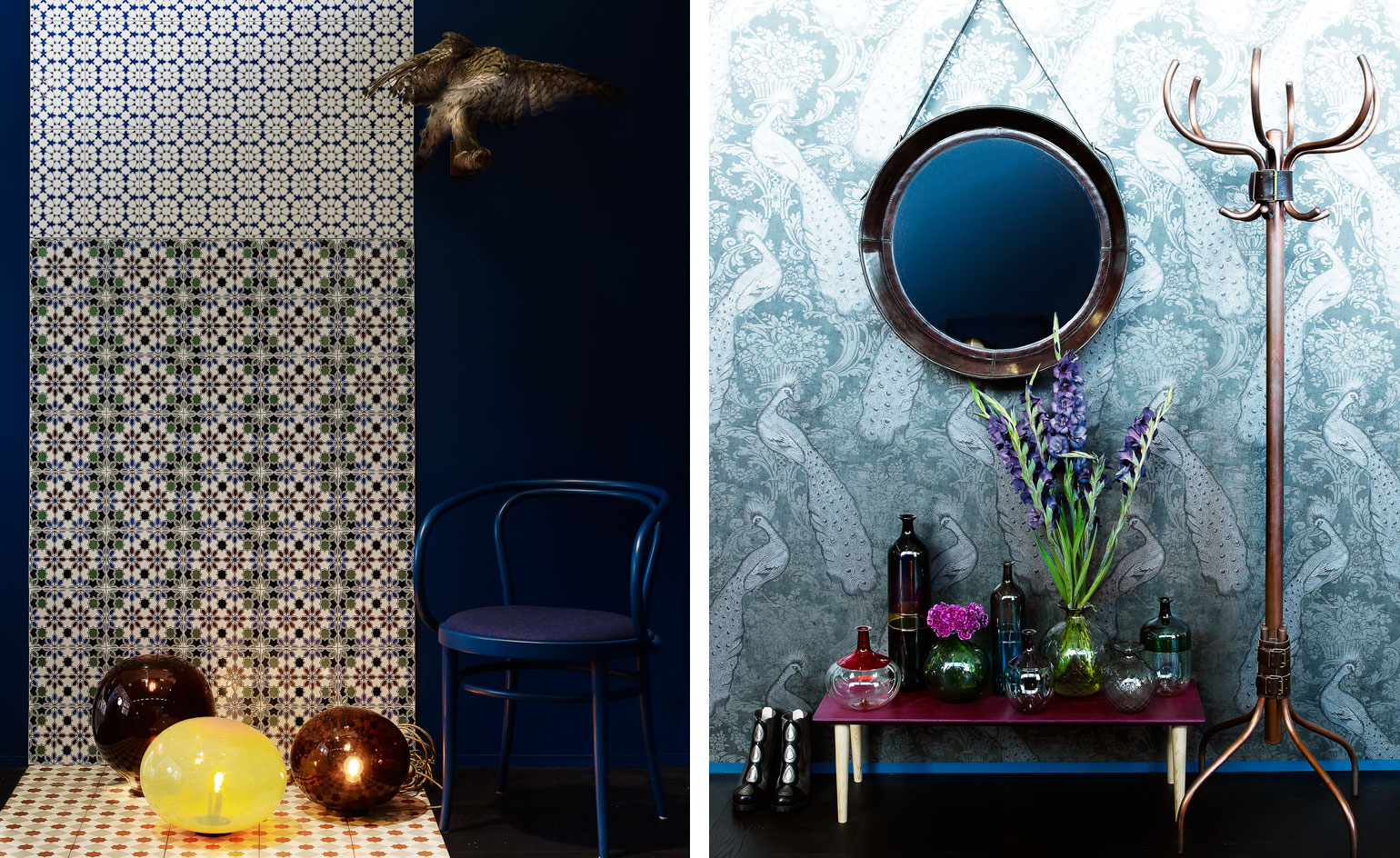
The ’Deep’ interior set included dark Thonet chairs, patterned Cole & Son wallpaper and Venini vases
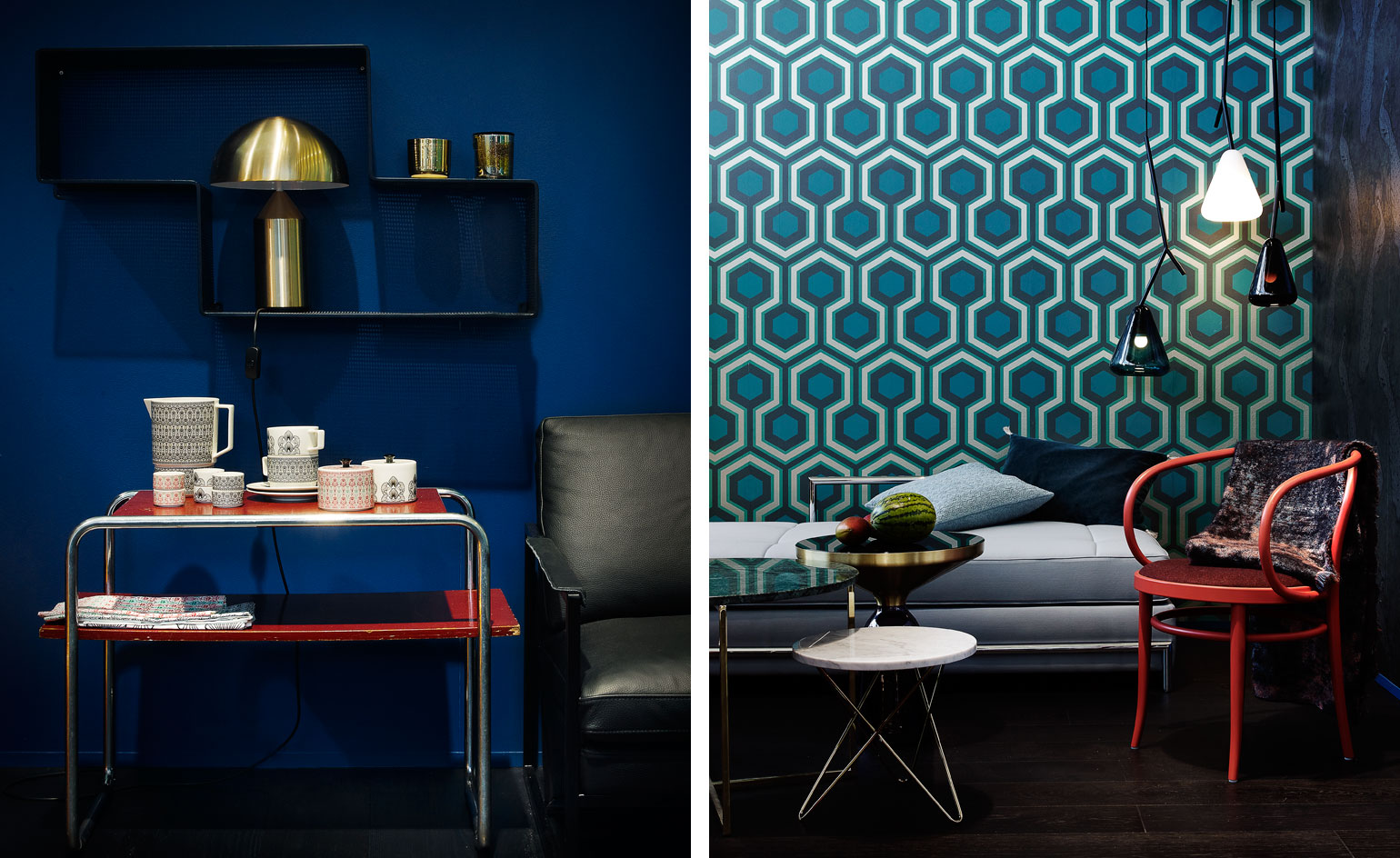
’Deep’ evoked a sense of comfort which perhaps those in economic crisis would seek in deeper colours and a warmer, more busy set up. Products here include Tom Dixon gold candles, a black Gubi shelf and marble tables by Zarro
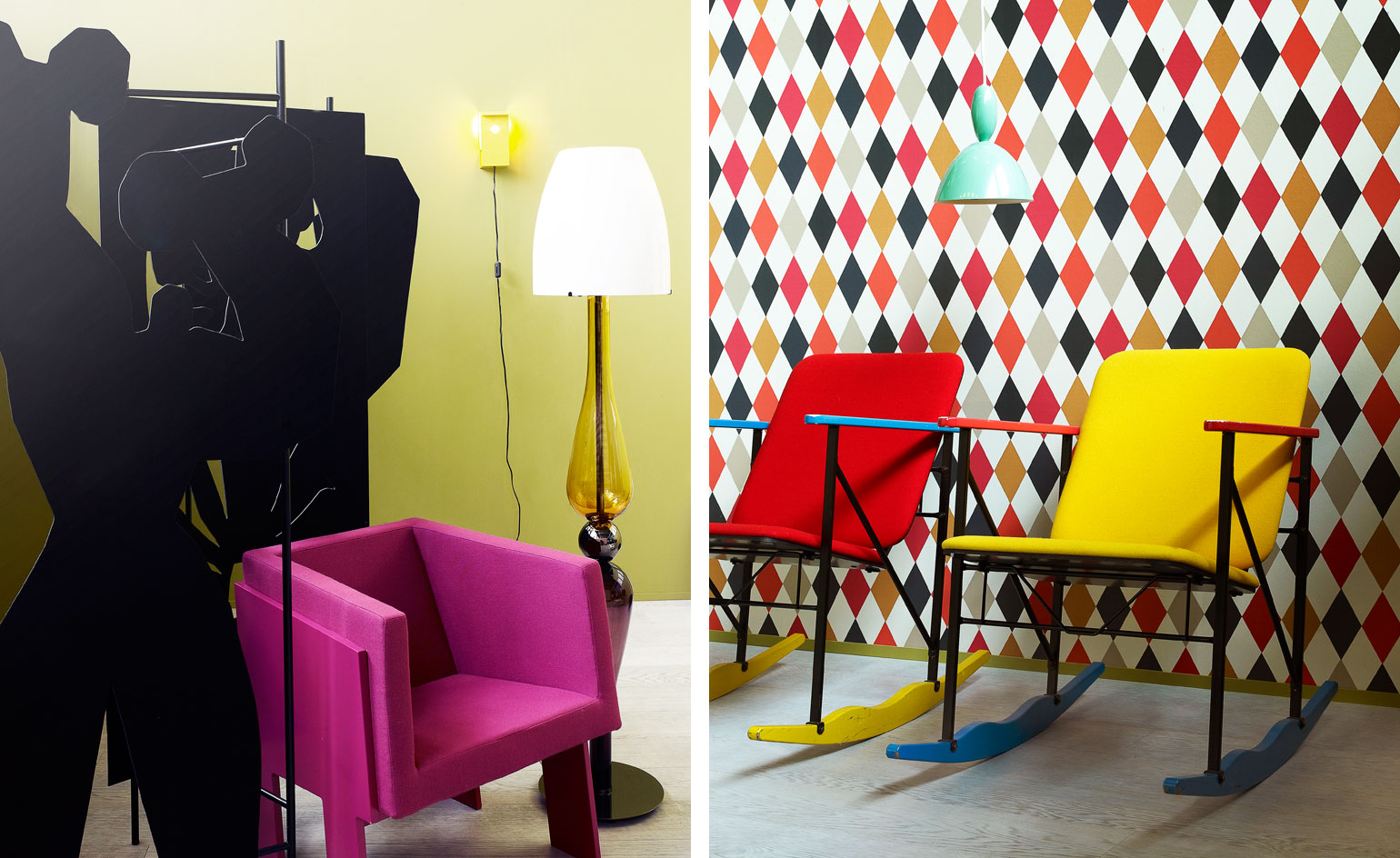
With ’Inbetween’, a Memphis-style pop colour set suggests the limbo between craft and design, and included vintage Artek rocking chairs and a fuschia armchair by Vivero
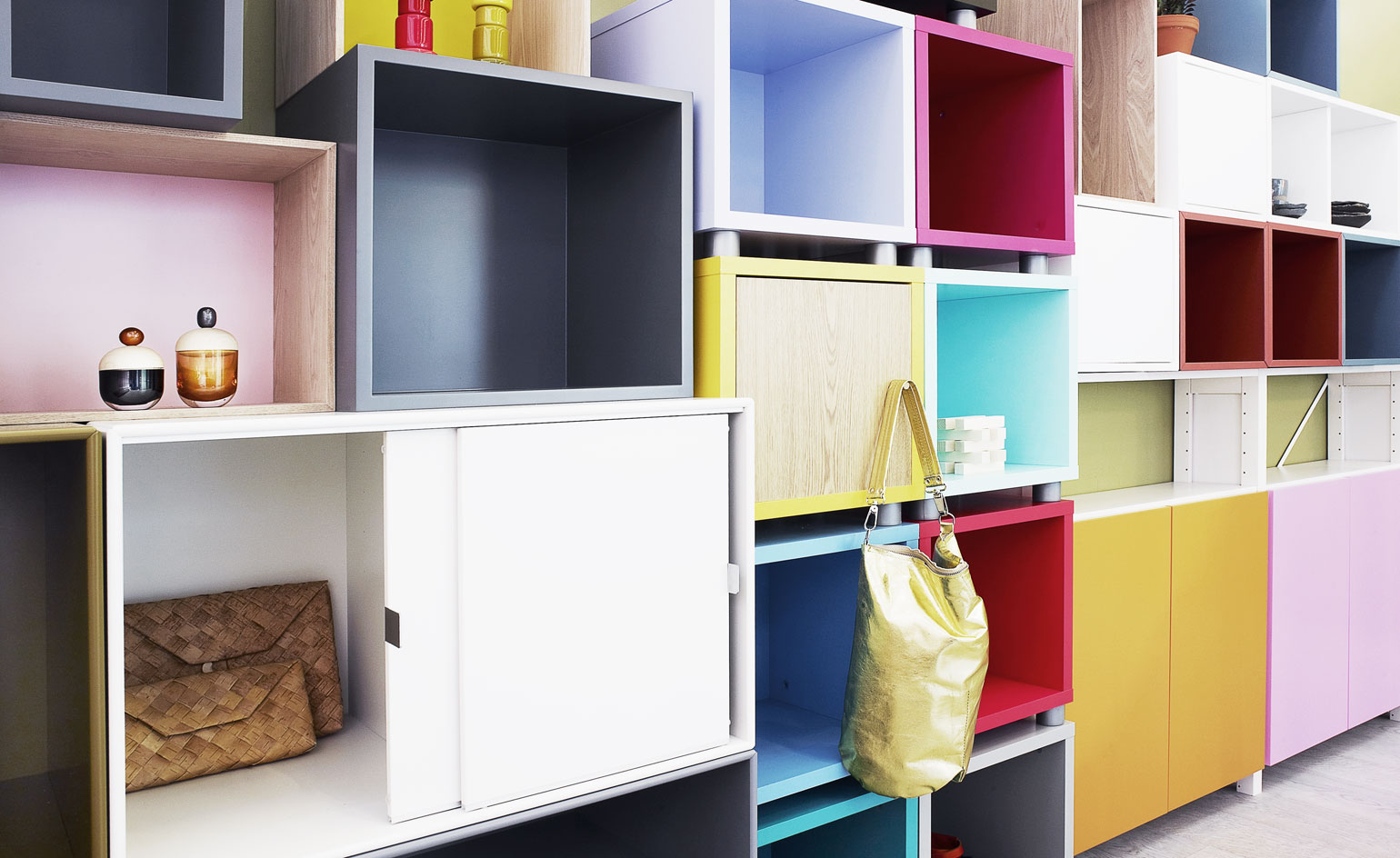
One of the walls of ’Inbetween’ was covered in bright modular shelves by Muuto
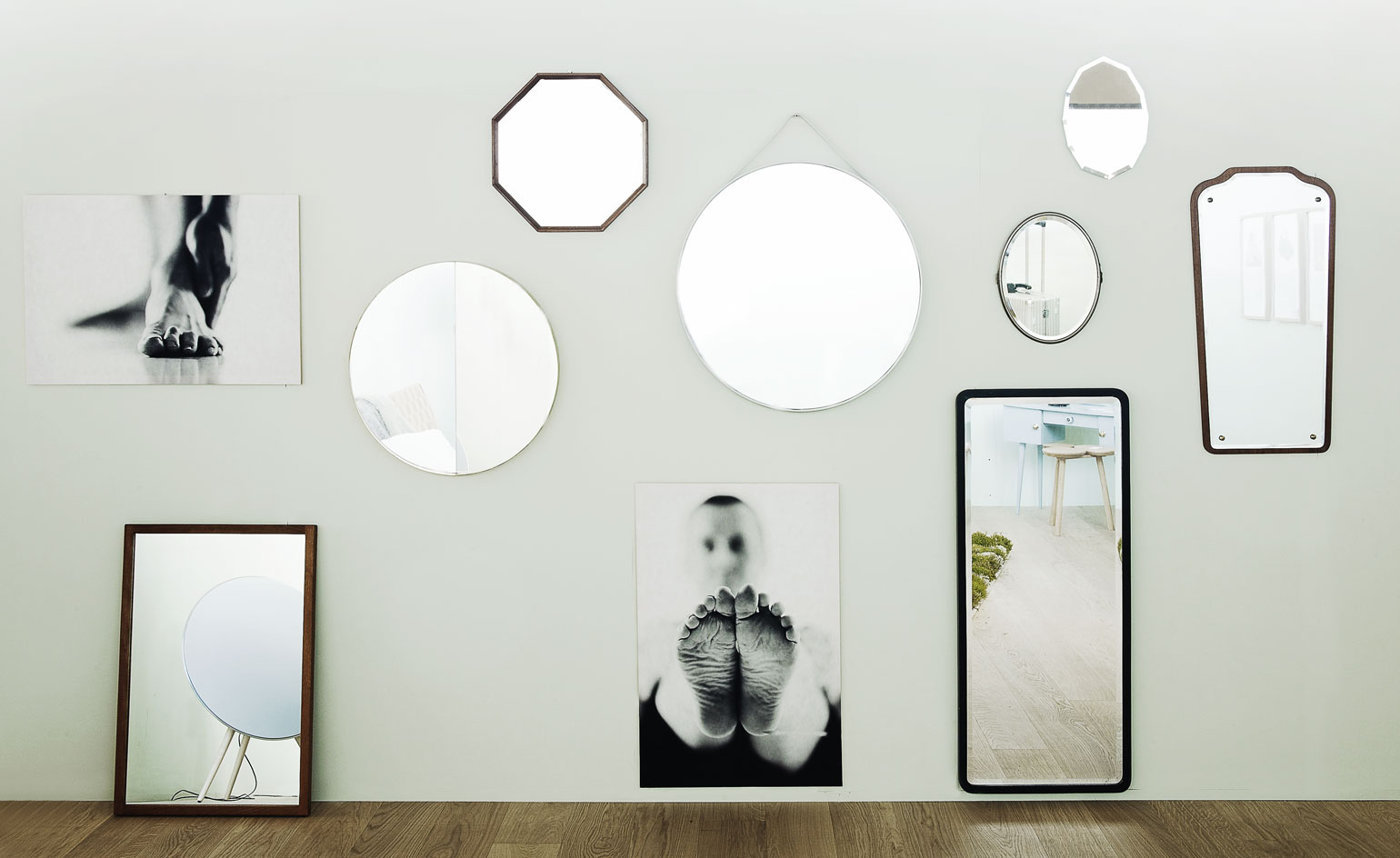
The ’Simplified’ area showed a selection of mirrors by Loka, Hay, Roomage and Toisto, and Yoga prints by Timo Junttila
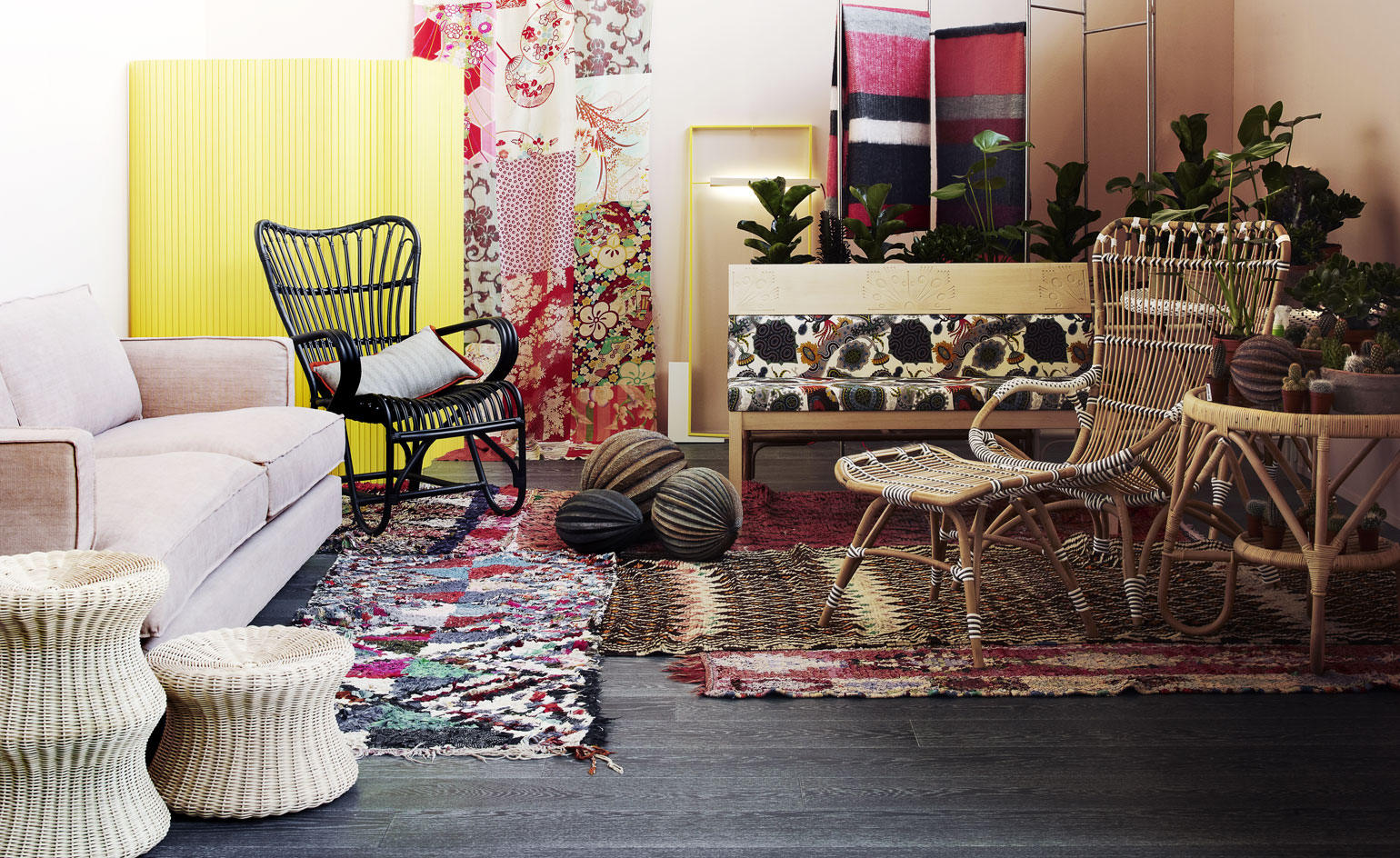
’Positive Psychology’ was an inaccessible space suggesting a private and personal area. There was a slight disarray in the interiors which included rattan chairs by Parolan Rottinki and a range of succulents by Plantagen in amidst the patterned prints by Björklund herself
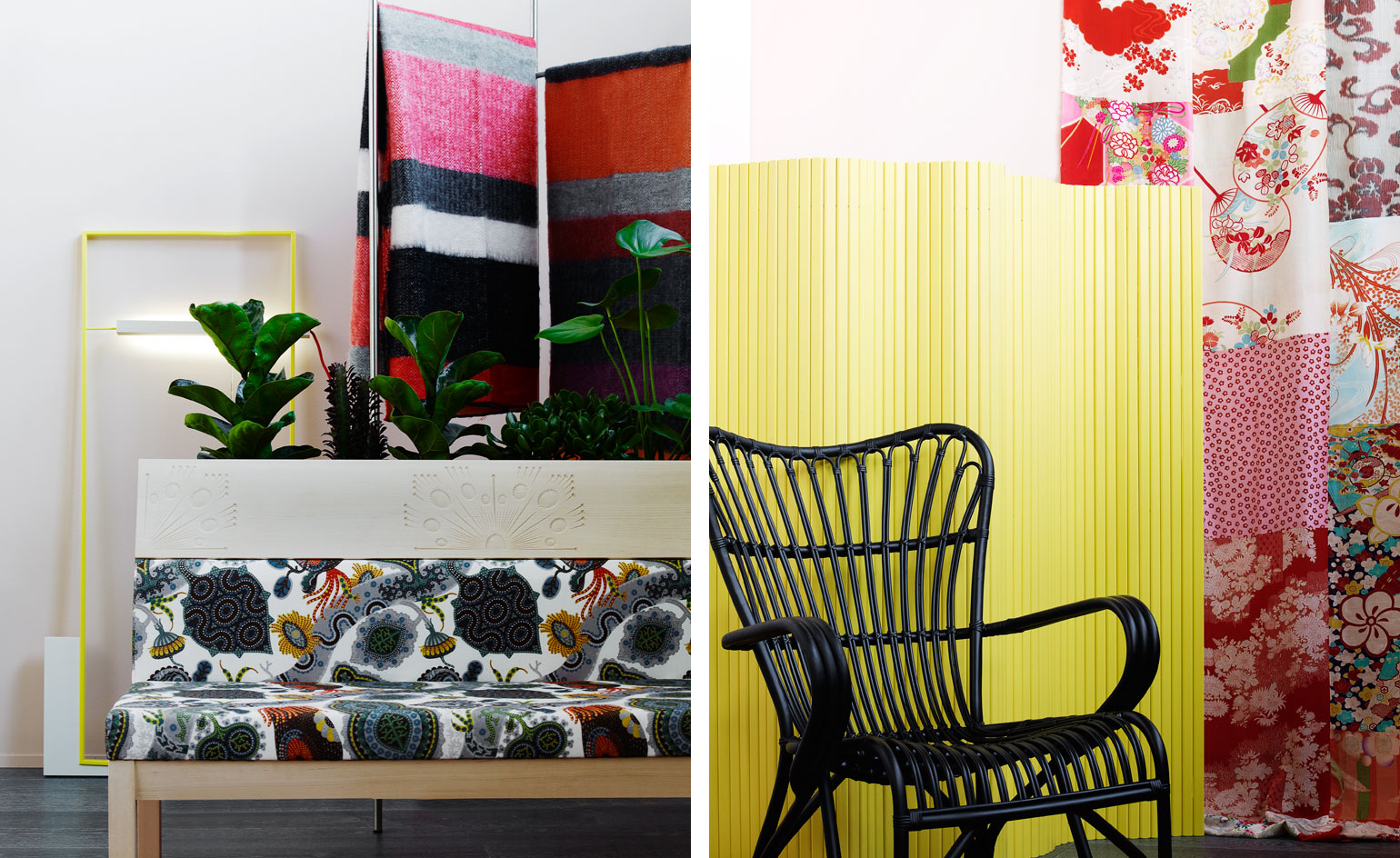
‘Everything in the design world is happening in such a fast cycles that it actually mirrors and shows signals of what is going to happen in society,’ Björklund says. Pictured: ’Positive Psychology’
INFORMATION
Photography: Martti Järvi
Wallpaper* Newsletter
Receive our daily digest of inspiration, escapism and design stories from around the world direct to your inbox.
Sujata Burman is a writer and editor based in London, specialising in design and culture. She was Digital Design Editor at Wallpaper* before moving to her current role of Head of Content at London Design Festival and London Design Biennale where she is expanding the content offering of the showcases. Over the past decade, Sujata has written for global design and culture publications, and has been a speaker, moderator and judge for institutions and brands including RIBA, D&AD, Design Museum and Design Miami/. In 2019, she co-authored her first book, An Opinionated Guide to London Architecture, published by Hoxton Mini Press, which was driven by her aim to make the fields of design and architecture accessible to wider audiences.
-
 The Subaru Forester is the definition of unpretentious automotive design
The Subaru Forester is the definition of unpretentious automotive designIt’s not exactly king of the crossovers, but the Subaru Forester e-Boxer is reliable, practical and great for keeping a low profile
By Jonathan Bell
-
 Sotheby’s is auctioning a rare Frank Lloyd Wright lamp – and it could fetch $5 million
Sotheby’s is auctioning a rare Frank Lloyd Wright lamp – and it could fetch $5 millionThe architect's ‘Double-Pedestal’ lamp, which was designed for the Dana House in 1903, is hitting the auction block 13 May at Sotheby's.
By Anna Solomon
-
 Naoto Fukasawa sparks children’s imaginations with play sculptures
Naoto Fukasawa sparks children’s imaginations with play sculpturesThe Japanese designer creates an intuitive series of bold play sculptures, designed to spark children’s desire to play without thinking
By Danielle Demetriou
-
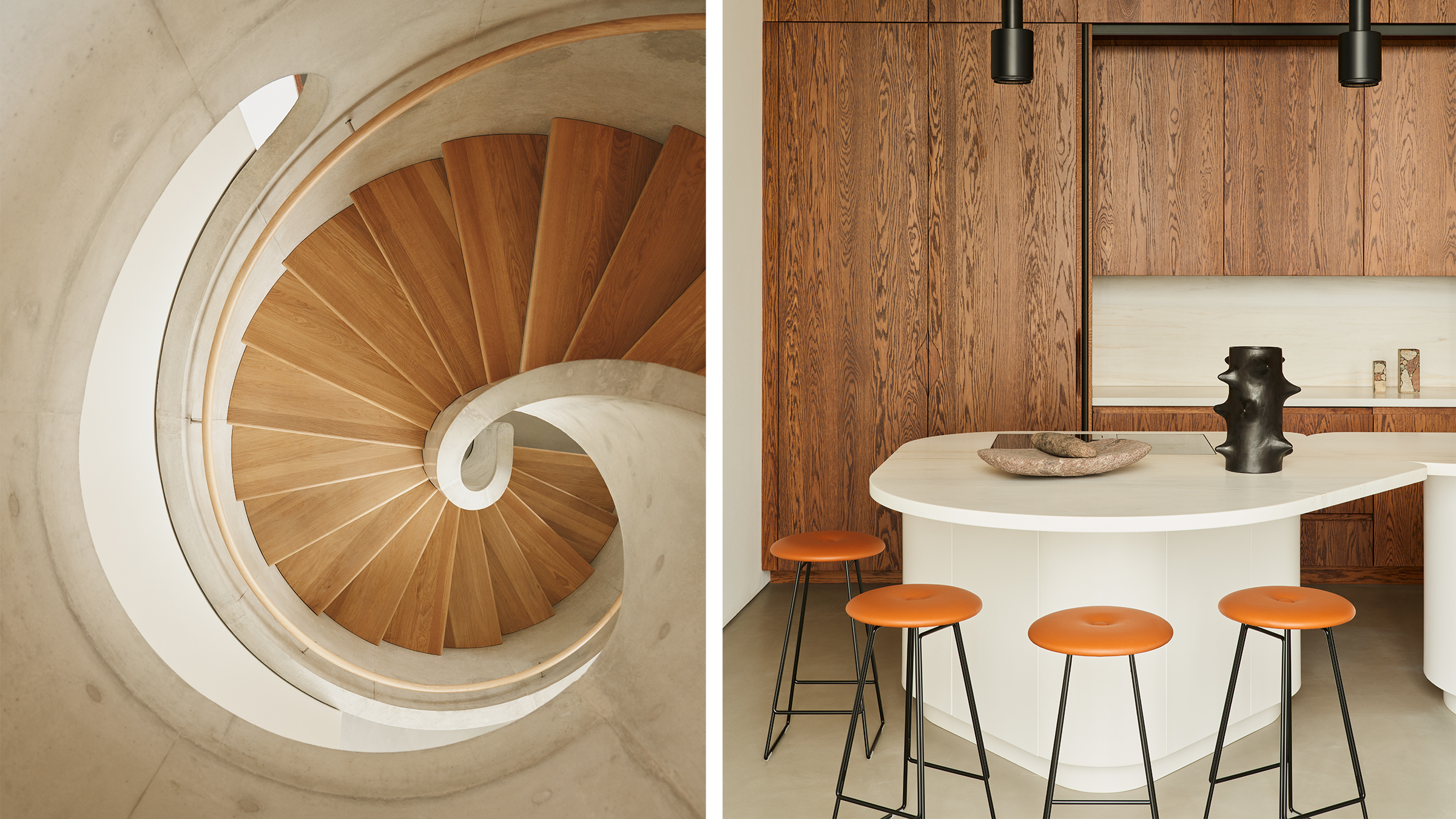 Peek inside London’s One Park Drive penthouses by Herzog & de Meuron
Peek inside London’s One Park Drive penthouses by Herzog & de MeuronHerzog & de Meuron unveil bespoke penthouses at One Park Drive tower in Canary Wharf with furnishings and styling by Tom Dixon’s Design Research Studio
By Martha Elliott
-
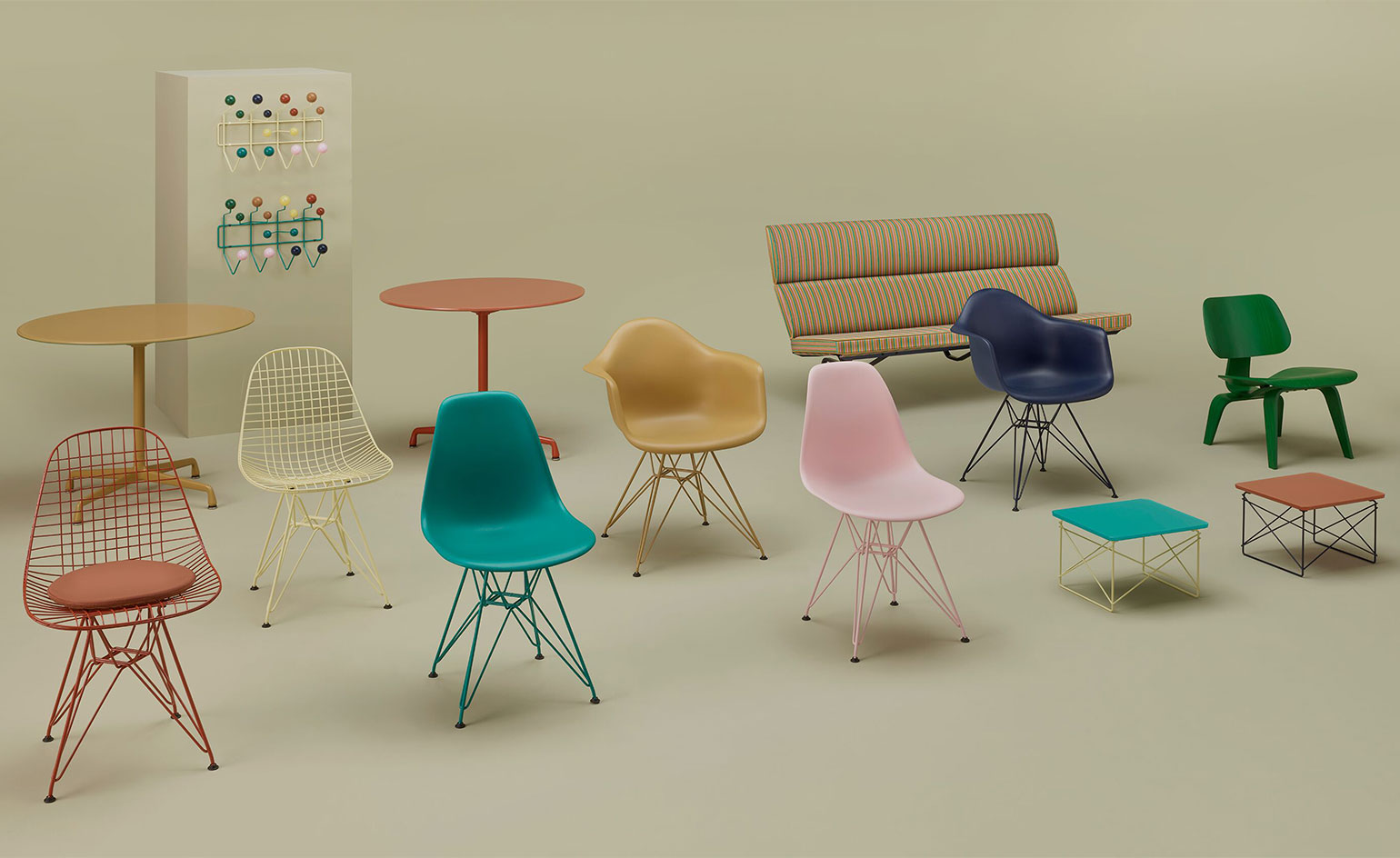 Herman Miller x Hay: Eames classics reimagined
Herman Miller x Hay: Eames classics reimaginedThe new Herman Miller x Hay collection revisits designs by Charles and Ray Eames with updated colours and materials – soon available across North America, South America, Asia, Australia, and Africa
By Pei-Ru Keh
-
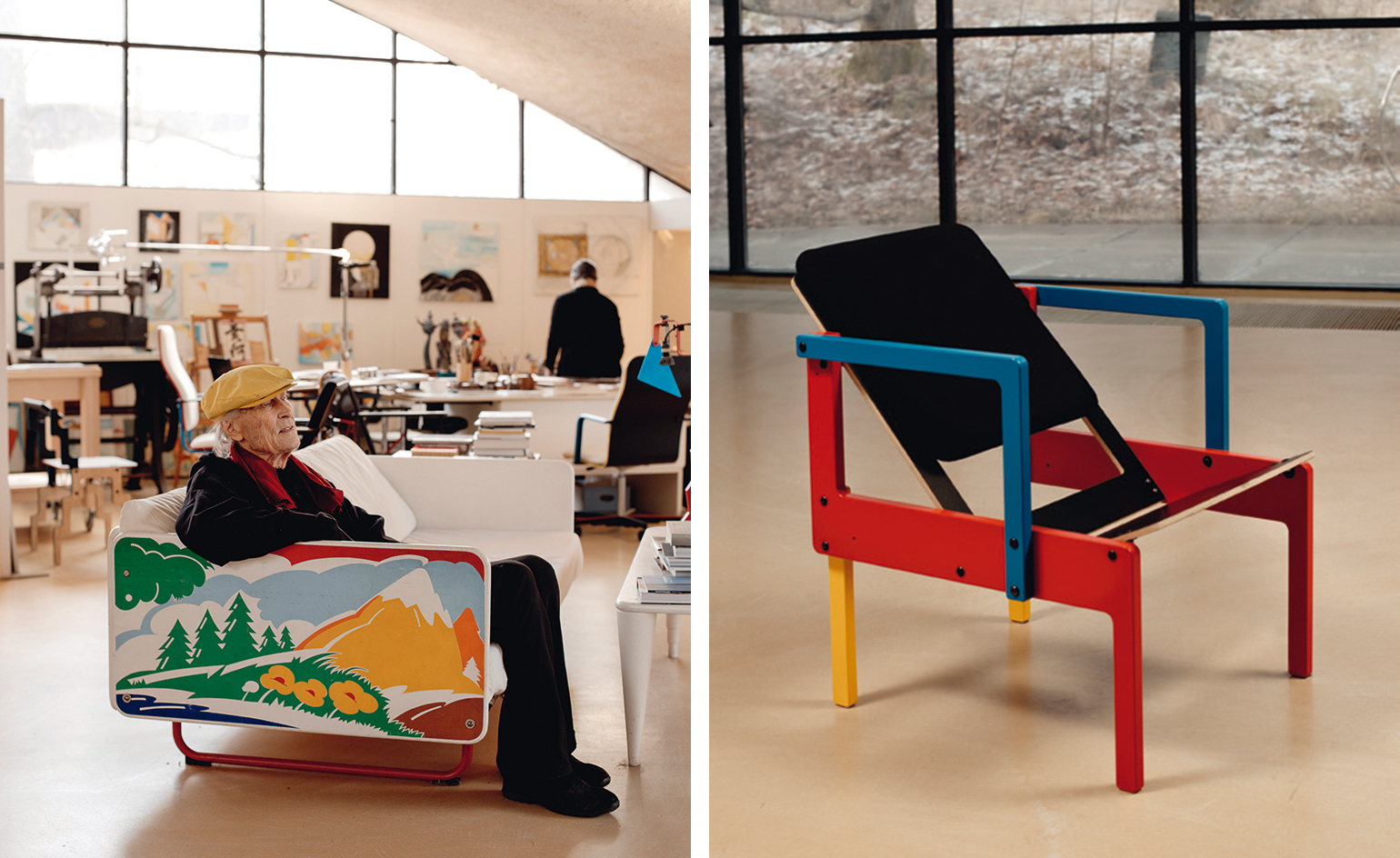 Tour Yrjö Kukkapuro’s studio – a temple to the art of sitting down
Tour Yrjö Kukkapuro’s studio – a temple to the art of sitting downJoin us on a studio visit of Finnish interior architect and furniture designer Yrjö Kukkapuro
By Emma O'Kelly
-
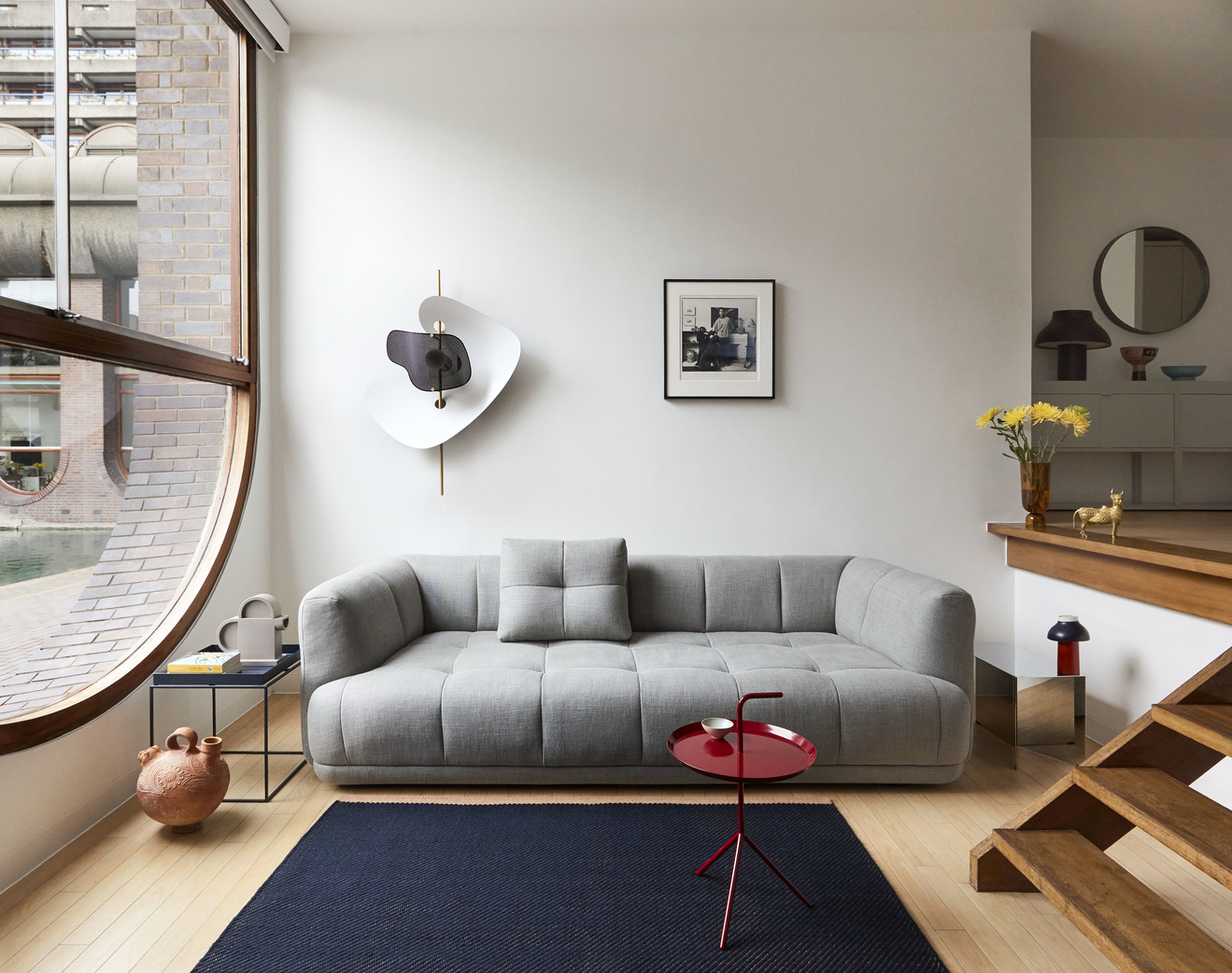 Doshi Levien unveils new modular sofa for Hay
Doshi Levien unveils new modular sofa for HayHay and Doshi Levien unveil their latest design collaboration: the ‘Quilton’ family of modular sofas, with a distinctive, sartorially inspired design
By Rosa Bertoli
-
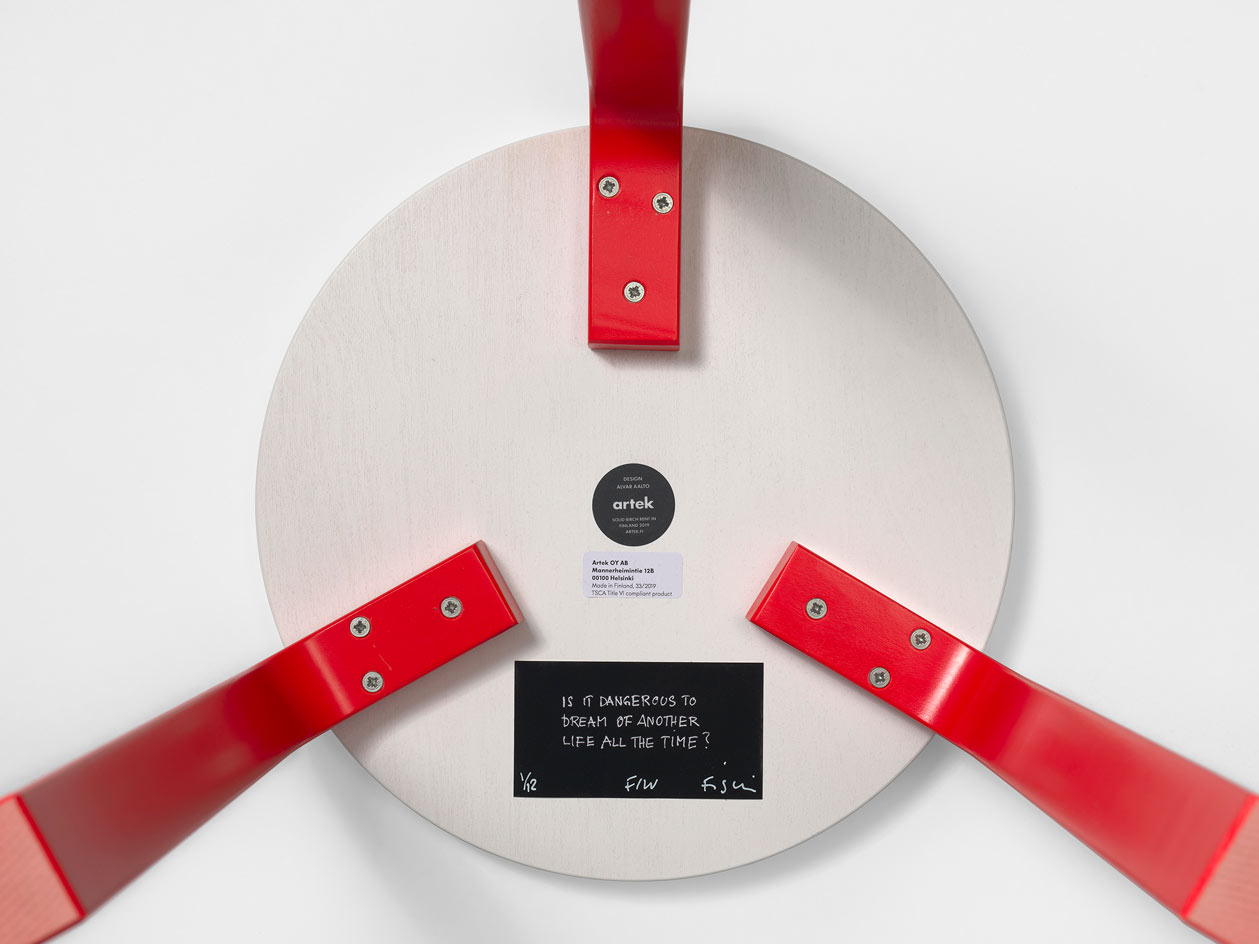 Artist Fischli/Weiss puts quizzical stamp on Alvar Aalto’s ‘Stool 60’
Artist Fischli/Weiss puts quizzical stamp on Alvar Aalto’s ‘Stool 60’Fischli/Weiss transforms the Alvar Aalto ‘Stool 60’ into a multifarious, whimsical sculpture full of burning questions, as part of the ICA x Artek Artist’s Editions series
By Harriet Lloyd-Smith
-
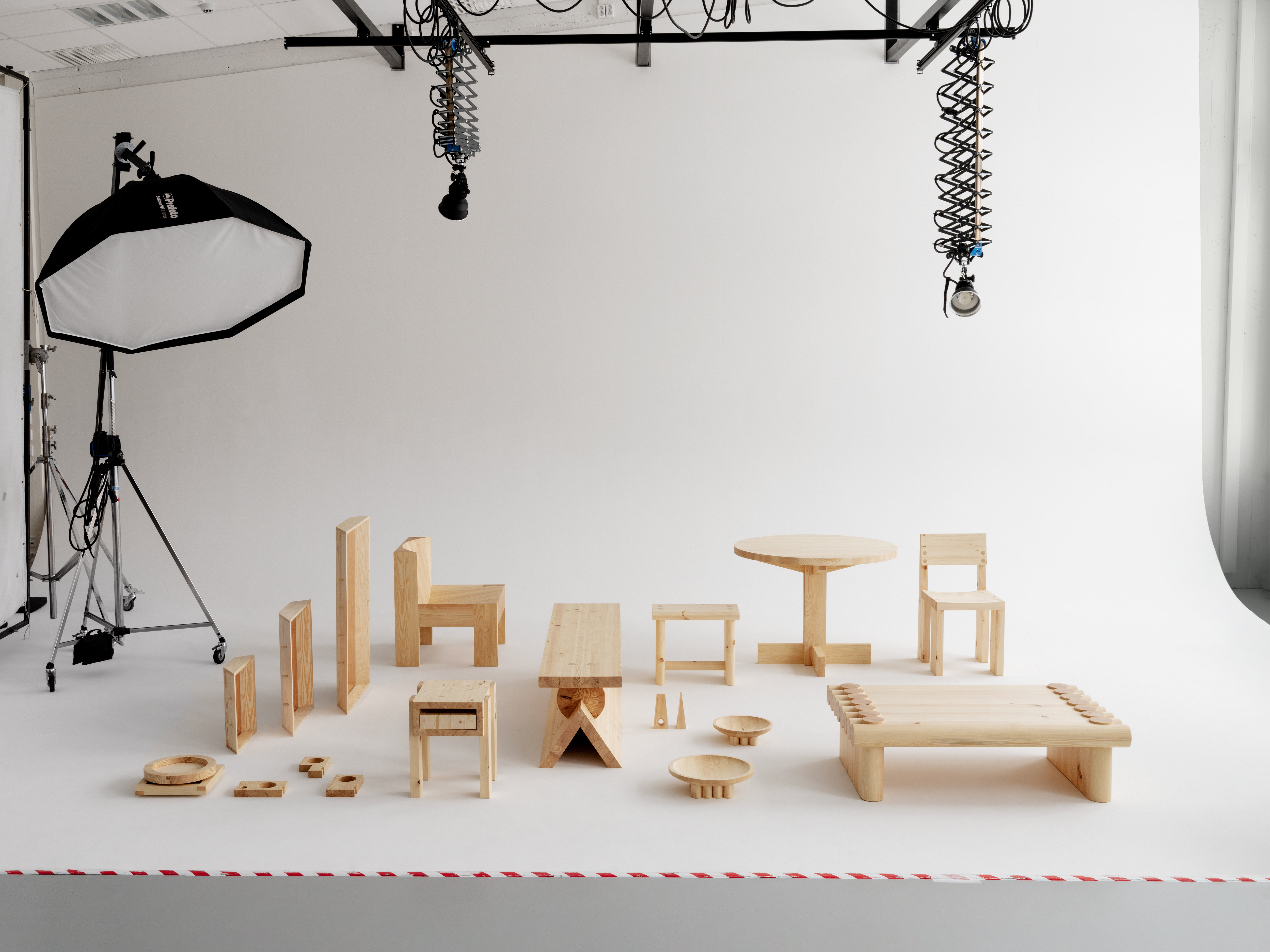 Finnish design gets redefined by new disruptor Vaarnii
Finnish design gets redefined by new disruptor VaarniiNewly launched design brand Vaarnii enlisted a group of international designers to create a collection of minimalist furniture in pine wood, available from Finnish Design Shop and Artek
By Rosa Bertoli
-
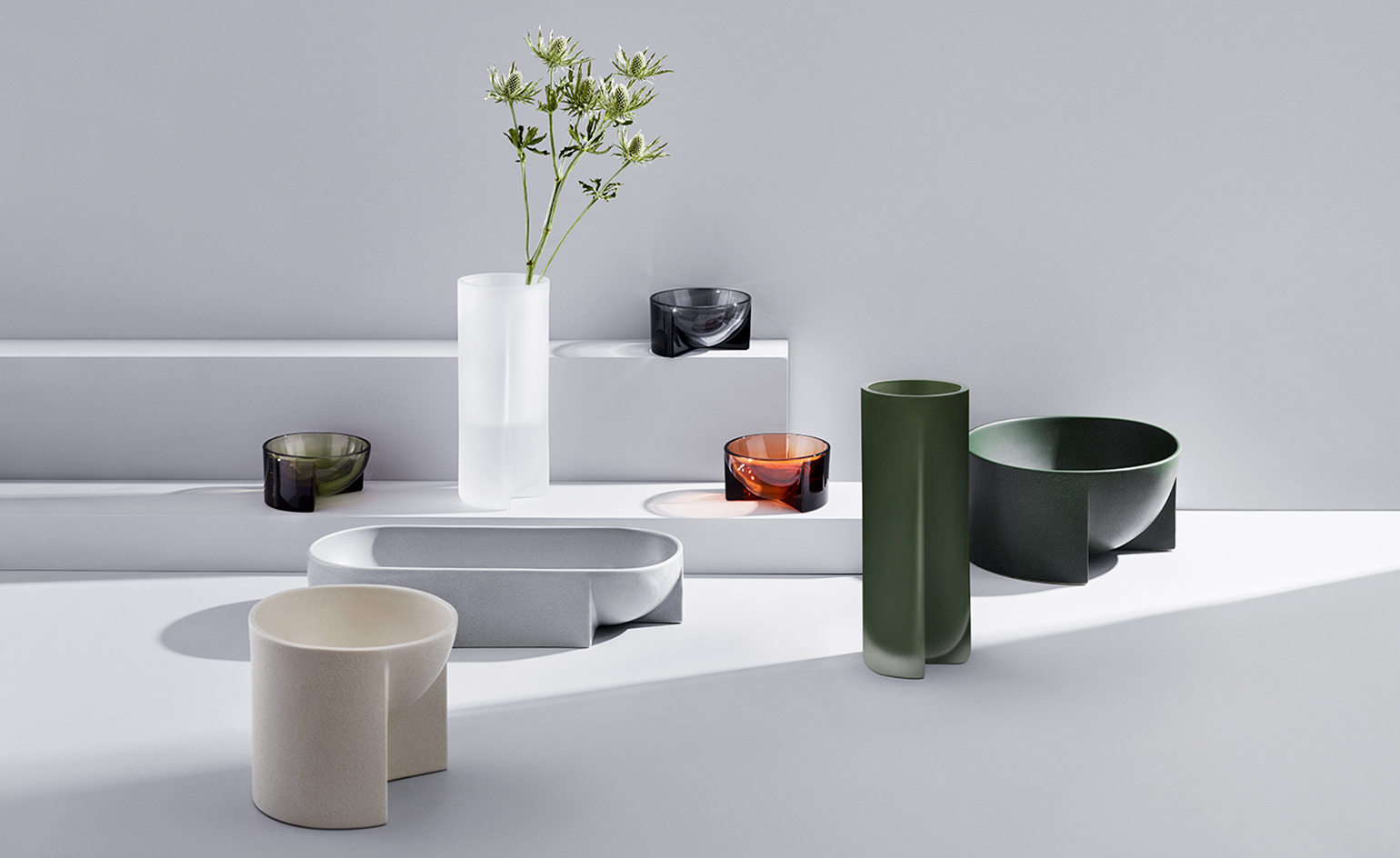 Philippe Malouin designs sculptures that house your personal wares
Philippe Malouin designs sculptures that house your personal waresWorking with a team of master craftsmen, Philippe Malouin creates a range of curved home objects for Finnish brand Iittala, titled Kuru
By Alice Morby
-
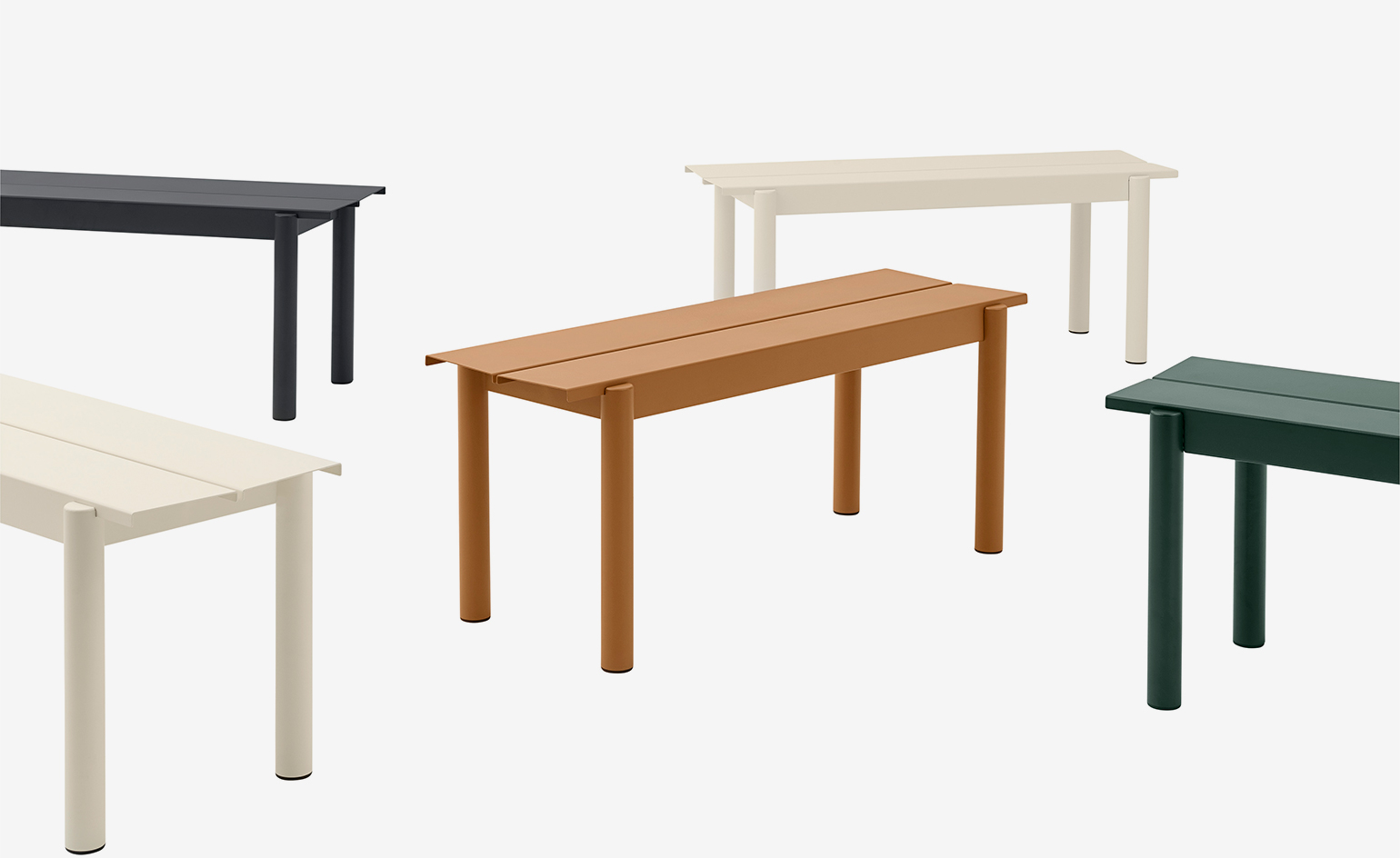 Muuto unveils debut outdoor furniture range with clean metal lines and timeless details
Muuto unveils debut outdoor furniture range with clean metal lines and timeless detailsBy Ali Morris